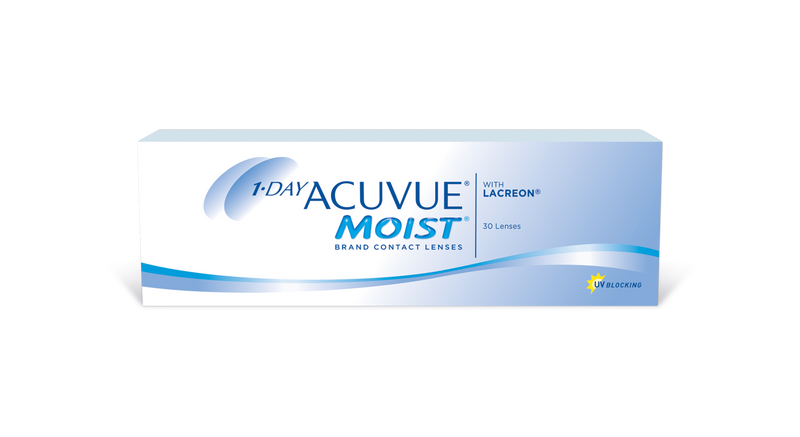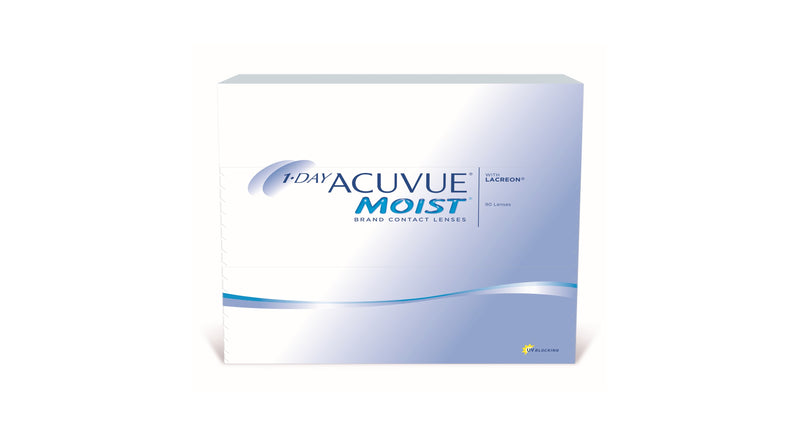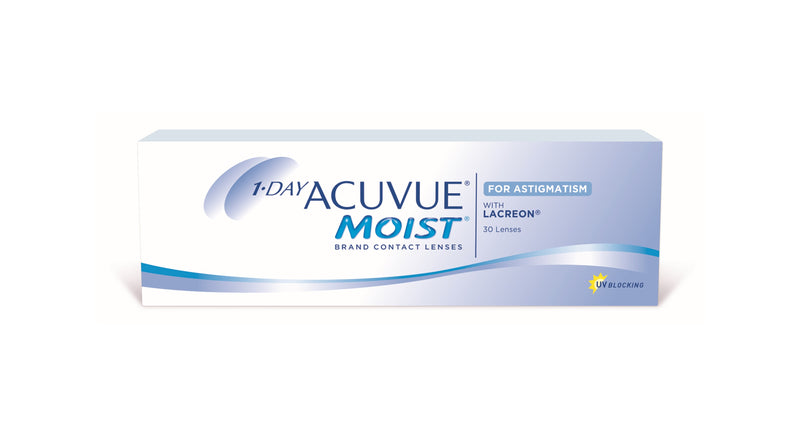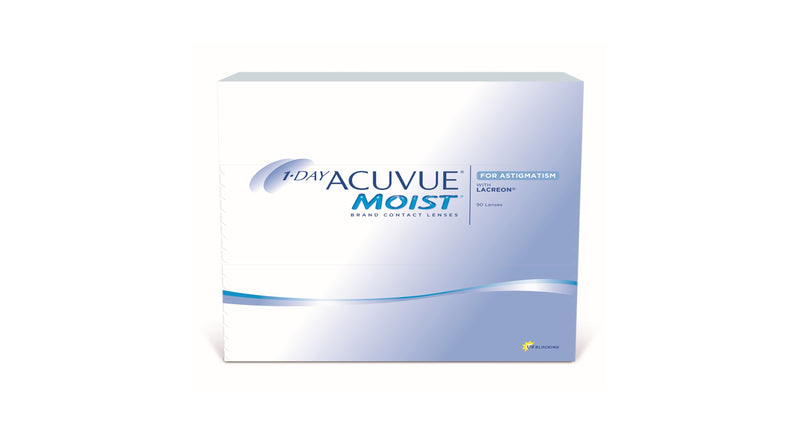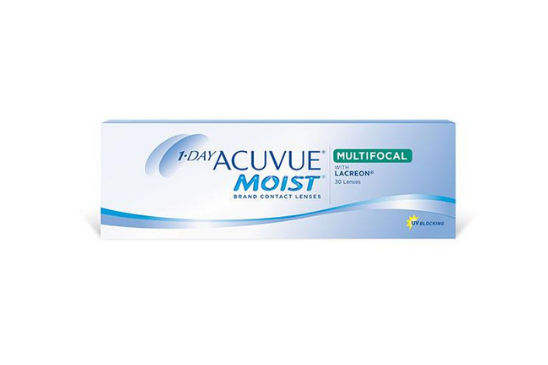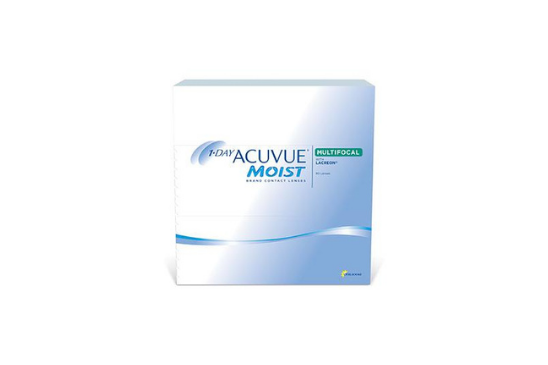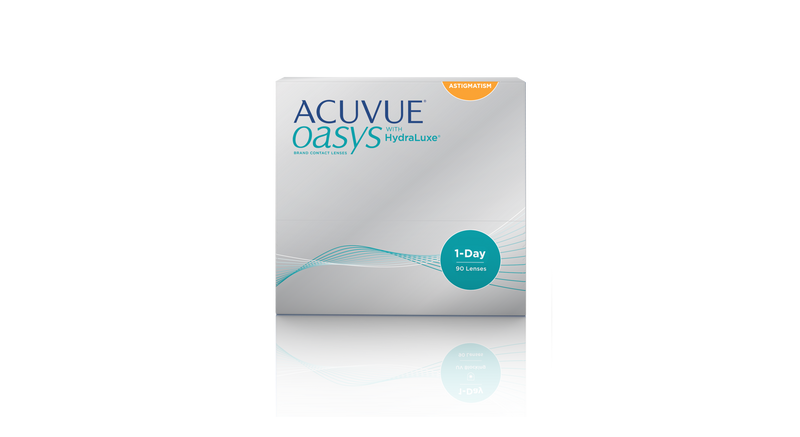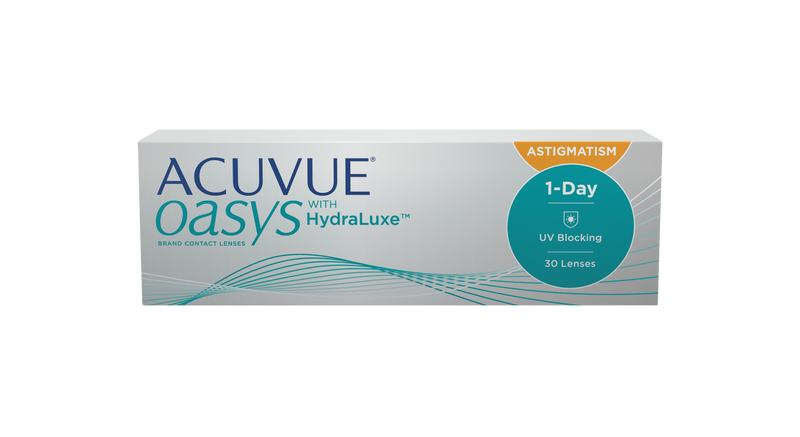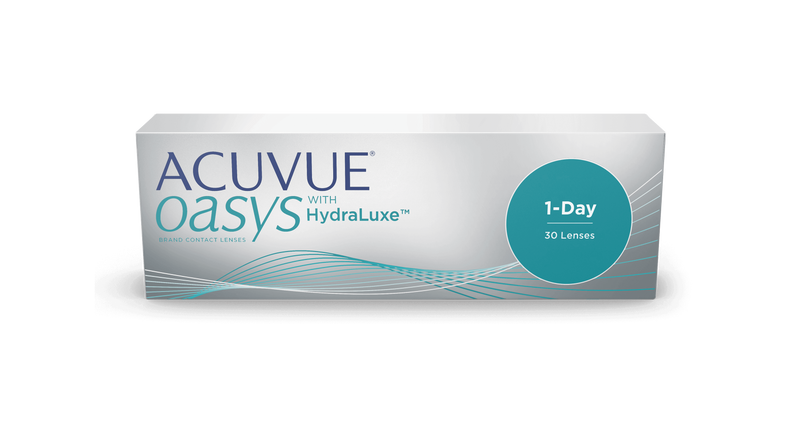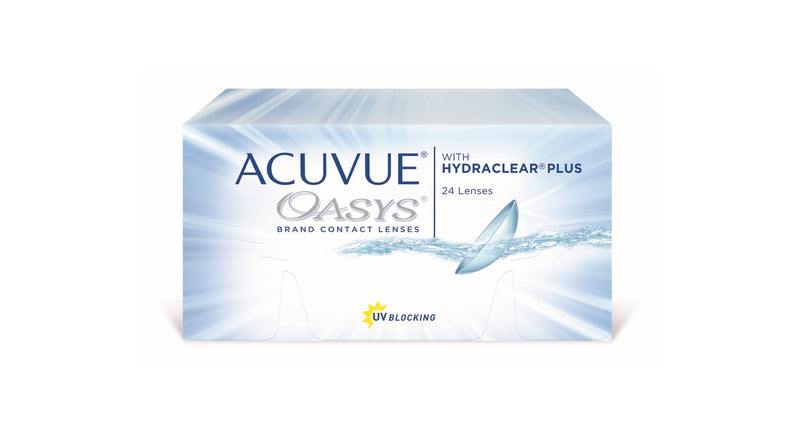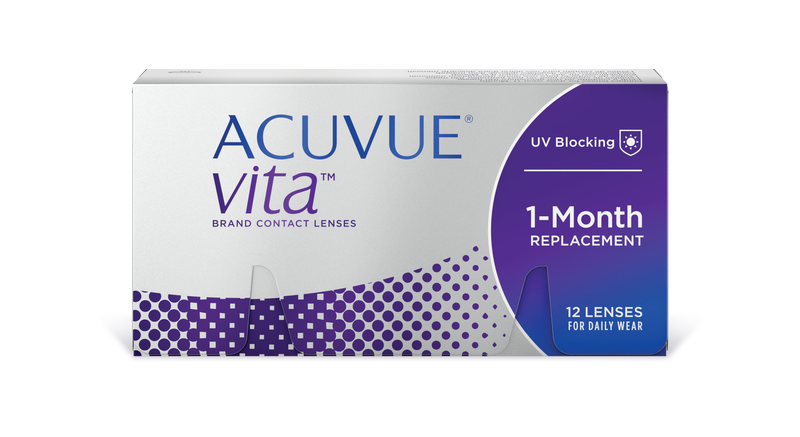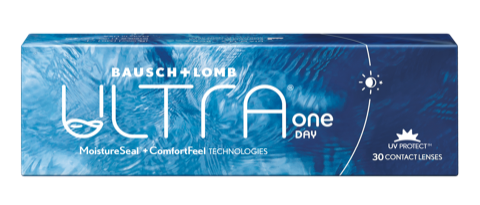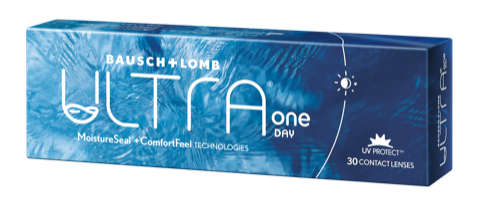Blog

The Essential Guide to Annual Eye Exams for Chi...
As we approach the close of the school year and anticipate the summer break, it's an opportune moment to highlight the importance of annual eye exams for our children. Dr....
The Essential Guide to Annual Eye Exams for Chi...
As we approach the close of the school year and anticipate the summer break, it's an opportune moment to highlight the importance of annual eye exams for our children. Dr....

Understanding Eye Infections: Causes, Symptoms,...
Eye infections can range from common conditions like conjunctivitis (pink eye) to more serious issues like keratitis and endophthalmitis. Each infection presents its own set of causes, symptoms, and treatment...
Understanding Eye Infections: Causes, Symptoms,...
Eye infections can range from common conditions like conjunctivitis (pink eye) to more serious issues like keratitis and endophthalmitis. Each infection presents its own set of causes, symptoms, and treatment...

A Vision of Care: The Look Optometry Story with...
Hello, I'm Dr. Shailinder Bhullar, the heart and vision behind Look Optometry in Surrey. My journey in optometry is not just about eye care; it's a reflection of my deep-seated...
A Vision of Care: The Look Optometry Story with...
Hello, I'm Dr. Shailinder Bhullar, the heart and vision behind Look Optometry in Surrey. My journey in optometry is not just about eye care; it's a reflection of my deep-seated...

Vancouver! Gear Up for the Eclipse with Safe Ey...
Mark your calendars, Vancouver! An awe-inspiring solar eclipse is coming our way on April 8th, 2024. But before you step outside to witness this celestial event, prioritize your eye health! Look Optometry, your...
Vancouver! Gear Up for the Eclipse with Safe Ey...
Mark your calendars, Vancouver! An awe-inspiring solar eclipse is coming our way on April 8th, 2024. But before you step outside to witness this celestial event, prioritize your eye health! Look Optometry, your...

Understanding and Preventing Screen-Related Eye...
In the digital age, the increasing screen time among teens has become a matter of concern, especially regarding eye health. At Look Optometry in Vancouver, we frequently encounter cases of deteriorating...
Understanding and Preventing Screen-Related Eye...
In the digital age, the increasing screen time among teens has become a matter of concern, especially regarding eye health. At Look Optometry in Vancouver, we frequently encounter cases of deteriorating...

Contact Lenses for People with Dry Eyes
At Look Optometry, we understand that living with dry eye syndrome can pose daily challenges, especially for those who prefer the convenience and freedom offered by contact lenses. The discomfort...
Contact Lenses for People with Dry Eyes
At Look Optometry, we understand that living with dry eye syndrome can pose daily challenges, especially for those who prefer the convenience and freedom offered by contact lenses. The discomfort...
